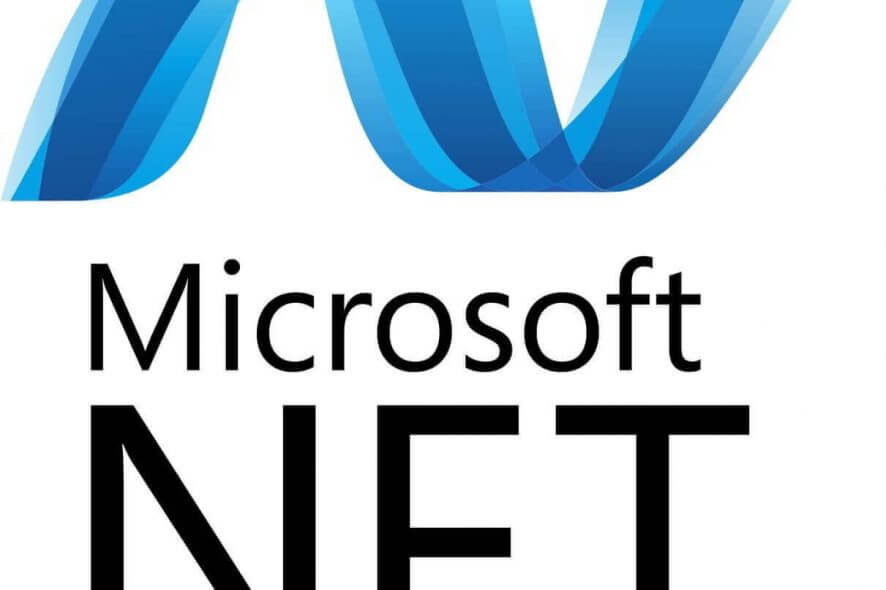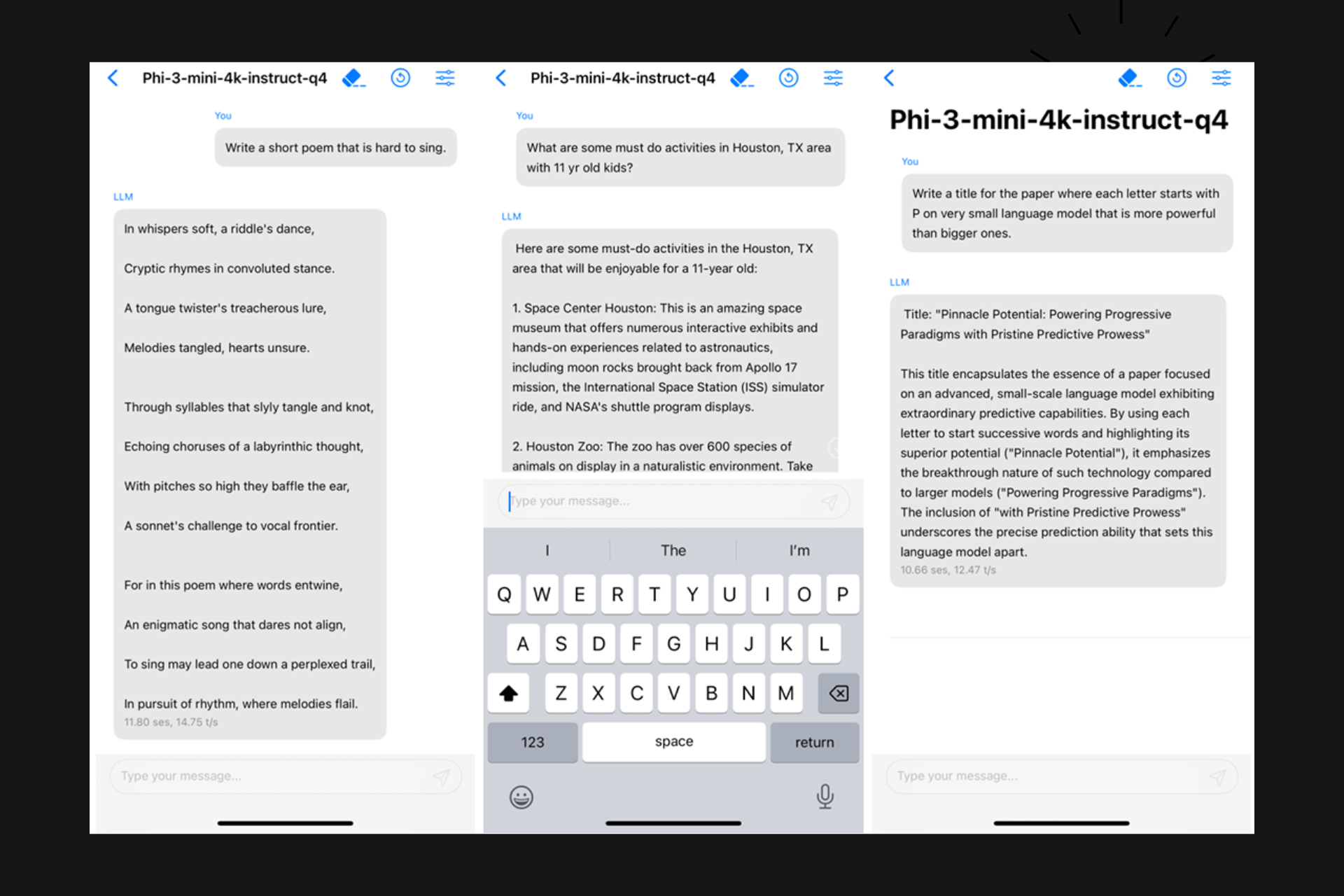Many users can't update .NET Framework to version 4.7.1
2 min. read
Updated on
Read our disclosure page to find out how can you help Windows Report sustain the editorial team Read more

Quite a few users recently reported that they have been experiencing issues when trying to update their .Net Framework to version 4.7.1.
As most of you may already know, .NET Framework is a software framework developed by Microsoft that runs primarily on Microsoft Windows and is required by most other major programs that run on Microsoft Windows.
The users reported that whenever they tried installing .Net Framework version 4.7.1 from their official website, they would receive an error as follows:
This was not working, giving me the error .NET Framework 4.7.1 has not been installed because: HRESULT 0x800f081e.
Upon further investigations, it was revealed that they were still using an outdated version of Windows 10:
I found out I am using a Windows 10 version 1607 for x64 systems (KB4049411).
One important note is that there have been three feature releases since that build already. More so, the final updates for Windows 10 Enterprise 1607 and for Windows 10 Education 1607 were issued in back in April.
Use this step-by-step guide to avoid .NET Framework installation issues.
Here’s a possible workaround
If you too are experiencing similar issues, you should consider updating your OS to the latest available version, namely the Windows 10 May 2019 Update (1903).
This will insure that your system is compatible with all available .Net Framework versions.
If that doesn’t seem to work and you continue experiencing any similar issues, you should consider installing the latest version of .Net Framework, which is currently 4.8.
This is because .Net Framework is well-known to be compatible with programs that needed previous versions of itself, so having it constantly updated is the best course of action.
You can do this by following the instructions available on Microsoft’s website.
RELATED POSTS:








